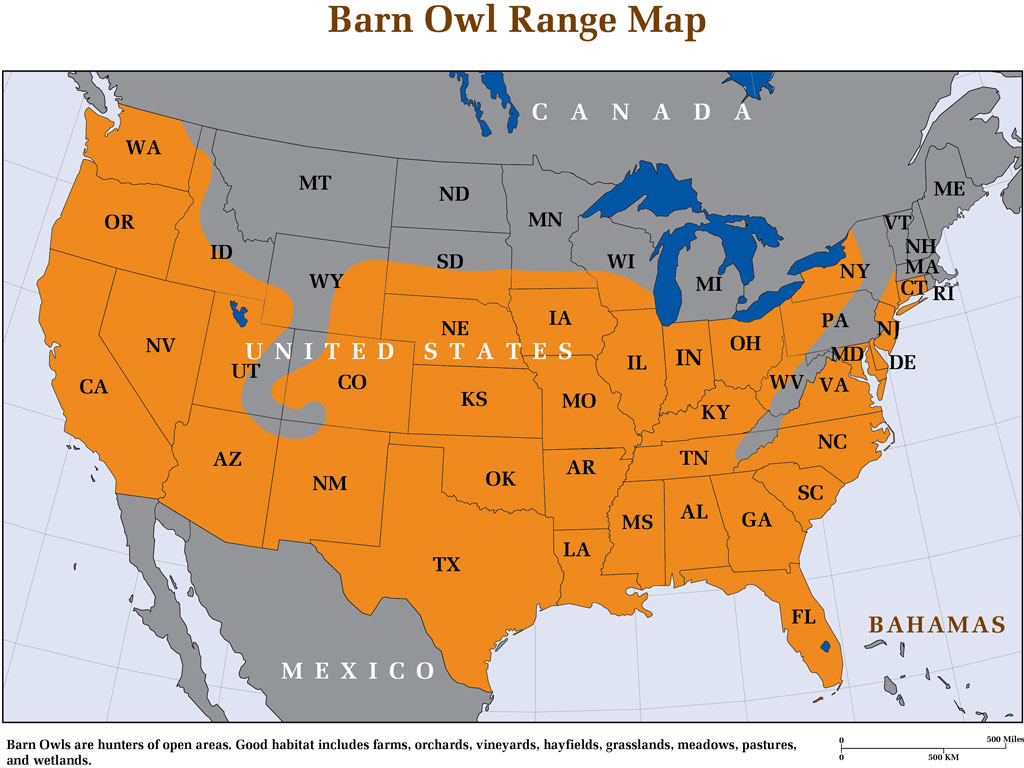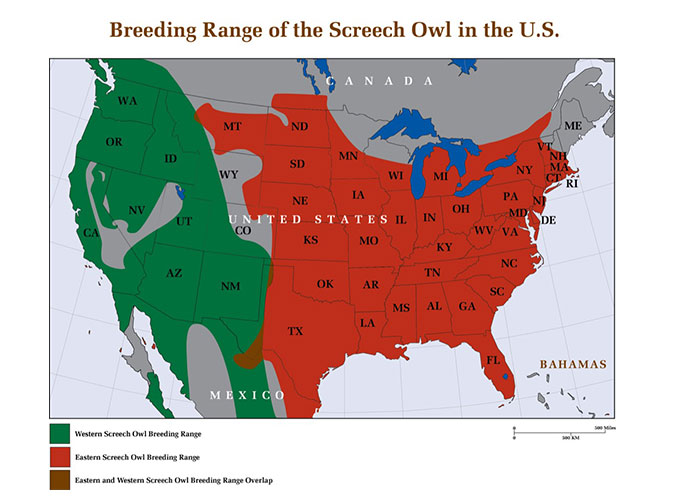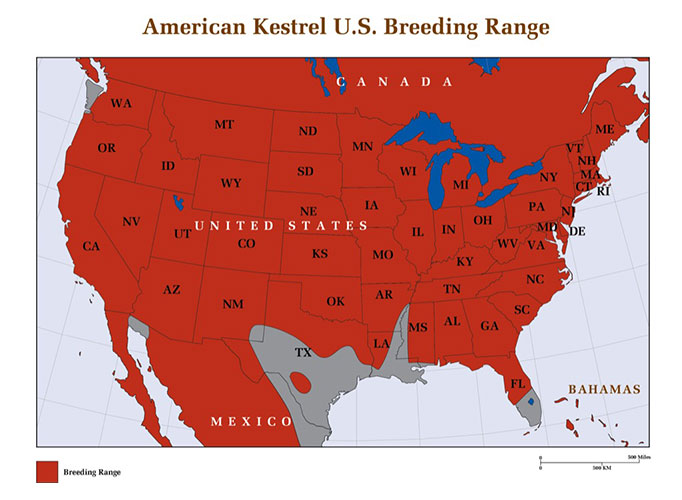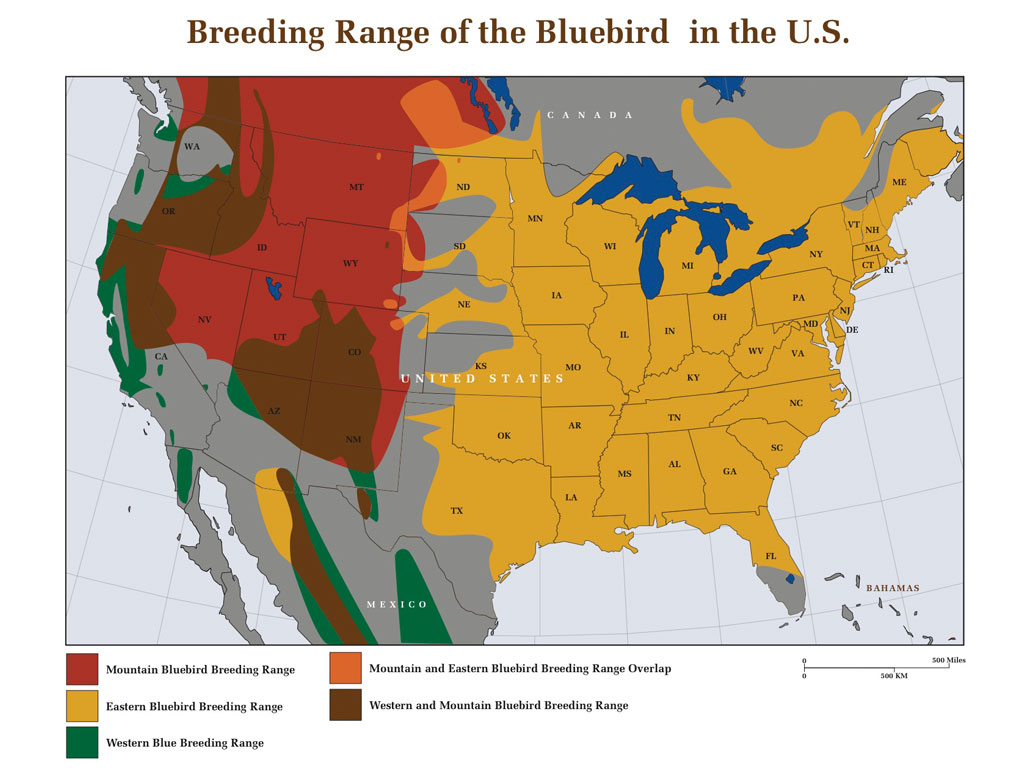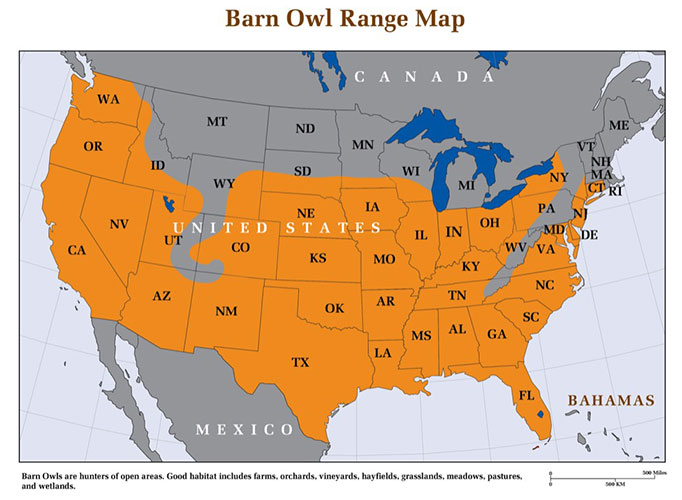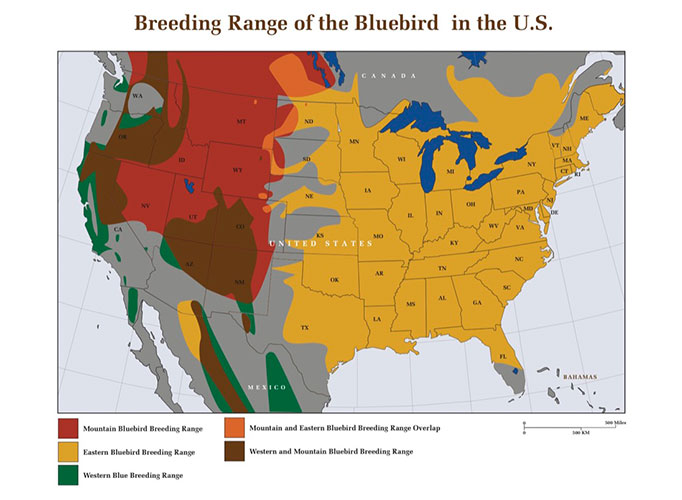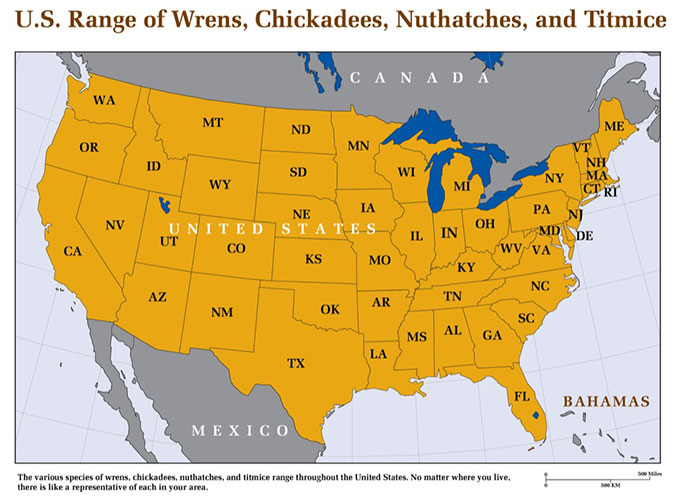Free Shipping to the Contiguous United States
Rhode Island Barn Owls
Barn Owls in Rhode Island The first barn owl was recorded in Rhode Island in 1938. From then into the 1950’s it became fairly common throughout the coastal lowlands. Since then, in the face of intense development in those same…

